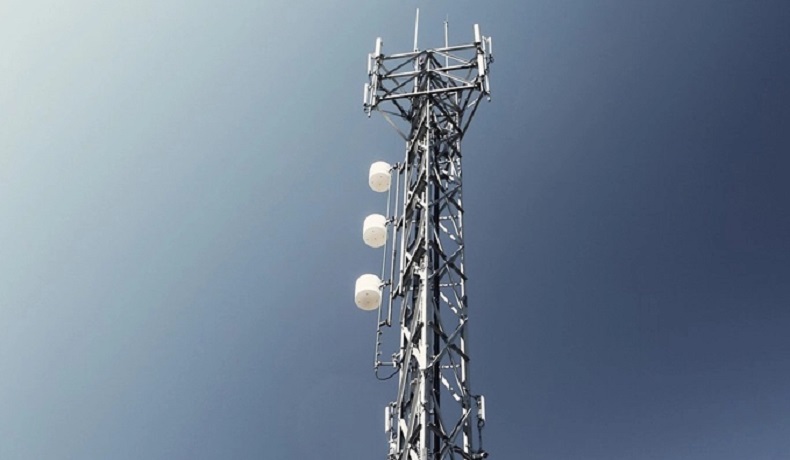In the world of telecommunications, a Base Transceiver Station (BTS) plays a crucial role in ensuring seamless communication. Whether you’re making a call, sending a text, or browsing the internet, a BTS is the unsung hero that makes it all possible. This article will explore the functions, purpose, and workings of a BTS, diving into its components and significance in modern communication systems.

A tower base transceiver station, often located at the top of a tower or a tall structure, is a critical component of a cellular network. It serves as the interface between mobile devices and the core network, facilitating wireless communication. The BTS consists of several key components:
Transceivers: Devices that transmit and receive radio signals.
Antennas: Used to broadcast signals to mobile devices and receive signals from them.
Baseband Unit (BBU): Processes the digital signals and manages communication protocols.
Power Supply and Cooling Units: Ensure the system operates efficiently and remains functional in varying conditions.
The BTS is strategically placed to provide optimal coverage and minimize signal interference, ensuring that users can stay connected across vast areas.
The operation of a BTS is a complex yet fascinating process. Here’s a simplified breakdown of how it works:
Signal Transmission: When a user initiates a call or sends data, their mobile device sends a signal to the nearest BTS tower.
Signal Reception: The BTS receives the signal through its antennas and processes it using the transceiver and baseband unit.
Routing Signals: The processed signal is then forwarded to the core network, which routes it to the intended recipient—another mobile device or a server.
Signal Broadcasting: The BTS sends the response back to the user’s device, completing the communication cycle.
This entire process happens in milliseconds, enabling real-time communication and data transfer.
The primary purpose of a base station is to provide network coverage and ensure reliable communication within its designated area. The roles of this lattice tower telecom include:
Signal Amplification: Boosting weak signals to ensure they reach distant devices.
Network Connectivity: Acting as a bridge between mobile devices and the core network.
Handover Management: Seamlessly transferring signals between BTS towers as users move, ensuring uninterrupted service.
Data Handling: Managing voice calls, text messages, and internet data efficiently.
Without base stations, mobile communication would be limited to short-range, direct connections, making large-scale networks impossible.
A transceiver, a combination of a transmitter and a receiver, is the heart of a BTS. Its purpose includes:
Transmitting Signals: Converting digital data into radio waves and broadcasting them to mobile devices.
Receiving Signals: Capturing radio waves from mobile devices and converting them back into digital data.
Signal Modulation/Demodulation: Ensuring signals are transmitted efficiently and accurately over the airwaves.
Frequency Management: Operating within designated frequency bands to avoid interference with other signals.
The transceiver’s ability to handle both transmission and reception makes it indispensable in wireless communication systems.
A Base Transceiver Station is the backbone of modern cellular networks, enabling seamless communication across vast distances. By understanding its components and functions—such as the role of the base station and transceiver—we can appreciate the technology that keeps us connected every day. From managing signal transmissions to ensuring network coverage, the BTS is a testament to the ingenuity of telecommunications engineering.
Whether you’re streaming a video or making a call, the BTS is working tirelessly behind the scenes to make it happen. At Junjiang steel tower factory, we are committed to delivering state-of-the-art BTS solutions that cater to the ever-growing demands of wireless communication. Whether you’re a network operator or a business looking to enhance connectivity, our expertly designed towers and advanced technology ensure that you stay connected, no matter where you are.
